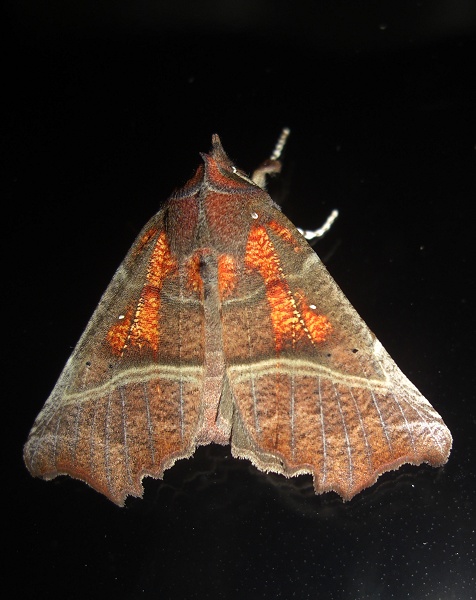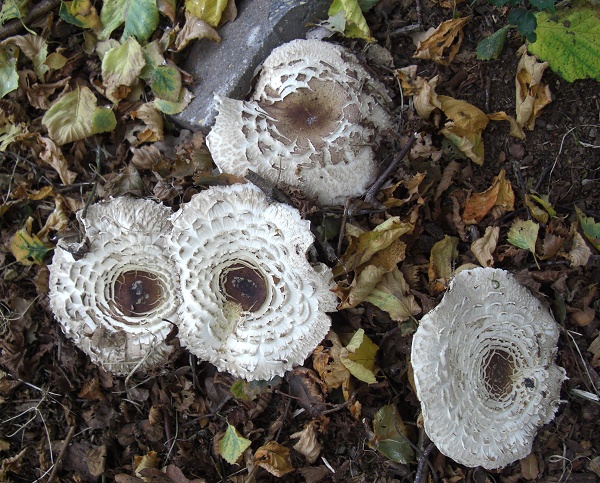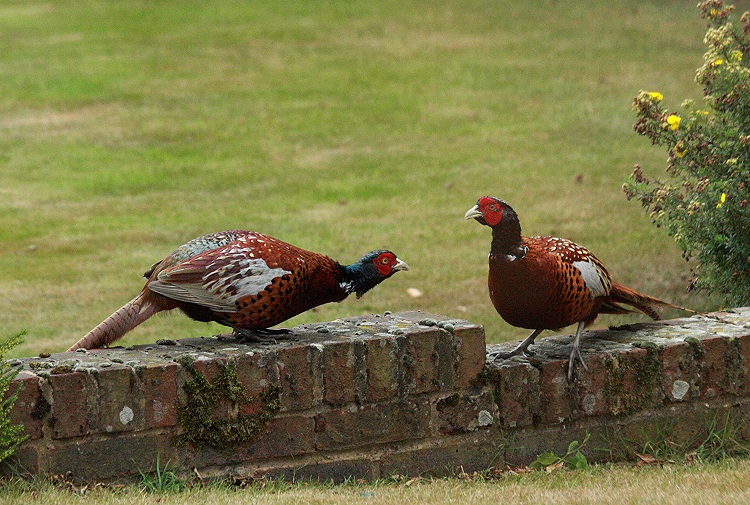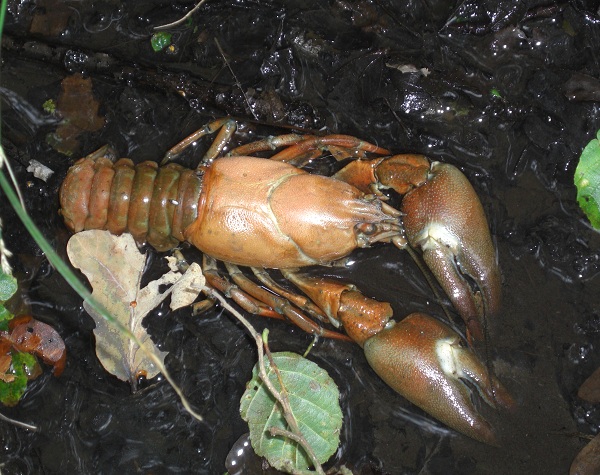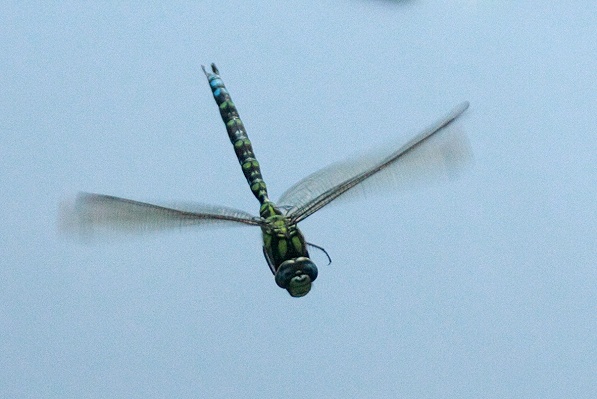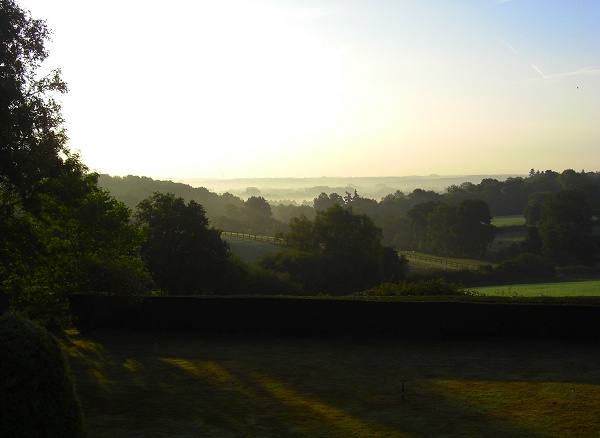 I don't want to speak too soon, but after a mixed summer this autumn has started beautifully - bright blue skies with a few fluffy clouds and glorious golden sunrises.
I don't want to speak too soon, but after a mixed summer this autumn has started beautifully - bright blue skies with a few fluffy clouds and glorious golden sunrises.The leaves started changing colour in August, but very few have fallen. If we don't get any high winds, I think this will be a very colourful autumn.
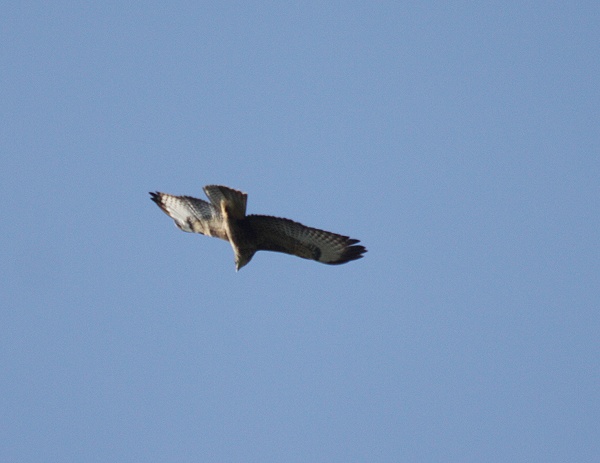
Today was sunny and warm and the creatures in the garden were making the most of it. Two buzzards were soaring over the house and butterflies (Comma and Speckled Wood) and dragonflies were enjoying the sunshine.

